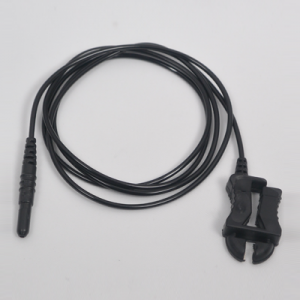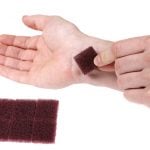Part #: EL502, EL502-10
Disposable Long-term Electrodes
These disposable, long-term recording, snap electrodes provide the same signal transmission as reusable electrodes, with added convenience and hygiene. Each peel-and-stick electrode is pre-gelled and designed for one use only.
- Standard snap connection
- Ag/AgCl contact (11 mm dia)
- Electrolyte: hydrogel (4% chloride salt)
- Size: 41 mm vinyl backing
- Moderate adhesive
- Qty: 50
Use disposable snap electrodes with any BIOPAC lead specified for snap electrodes (e.g. LEAD110 series). For best performance, use shielded leads (e.g., the LEAD110S) for recording electrodes and an unshielded lead (e.g., LEAD110) for the ground electrode.
Details
Support
Application Notes
Applications
Downloads/Resources
Knowledge Base
- * CLEANING GUIDELINES *
- About License Keys
- AC mode
- AcqKnowledge accuracy
- AcqKnowledge iLok key lost or unavailable
- Amplifier analog output signals
- Amplifier filter settings
- Arbitrary waveform stimulation
- Band-pass and band-stop filters
- BioNomadix Signal Interruption
- Biopac Student Lab (BSL) Newest Features
- Calculating file sizes
- Calibration values
- Checking Finger Cuff Lifetime for NIBP100D/NIBP100D-HD
- Common mistakes/general troubleshooting
- Connecting Calibration Gas Tanks & Mixing Chambers
- Editing noisy data
- Electrodermal activity measurements
- Enabling the Transform Menu in BSL Analysis (RSD)
- Event Markers | Correcting Automated Placement
- Excel files exported from BIOPAC software open in Excel 'Protected View'
- Glossary of specification terminology
- Grounding guidelines
- High pass filters
- How can I move QRS peak event marks from the bottom of S waves to the top of R waves?
- Installation CD/DVD lost or damaged...how can I re-install software?
- Interfacing third-party transducers
- Low pass filters
- Notch filter
- Railing signal (flatline)
- Recording good data
- Troubleshooting MP160 Ethernet Communication
- Using other software with BIOPAC hardware
- VREF, reference excitation voltage



Stay Connected